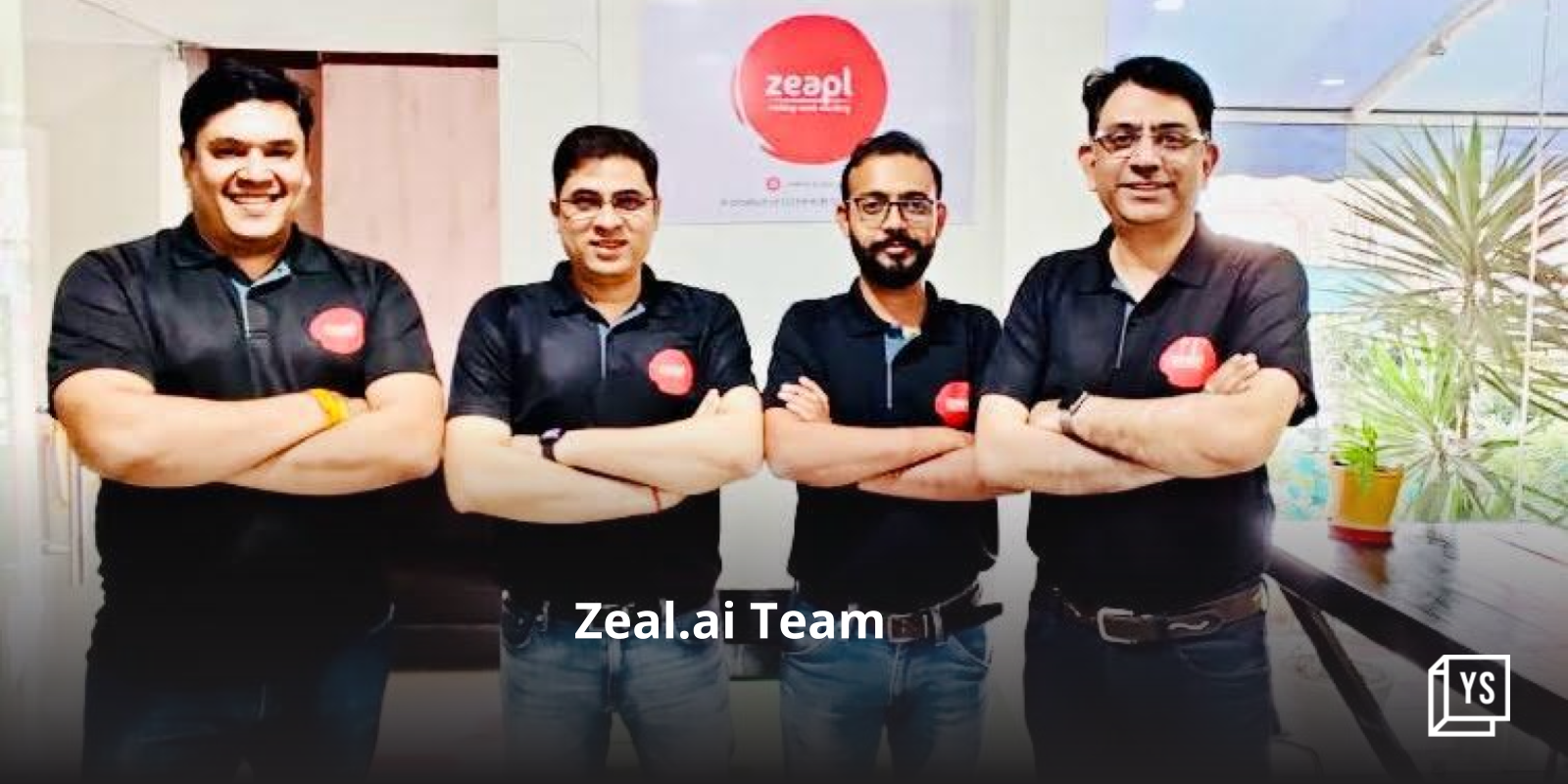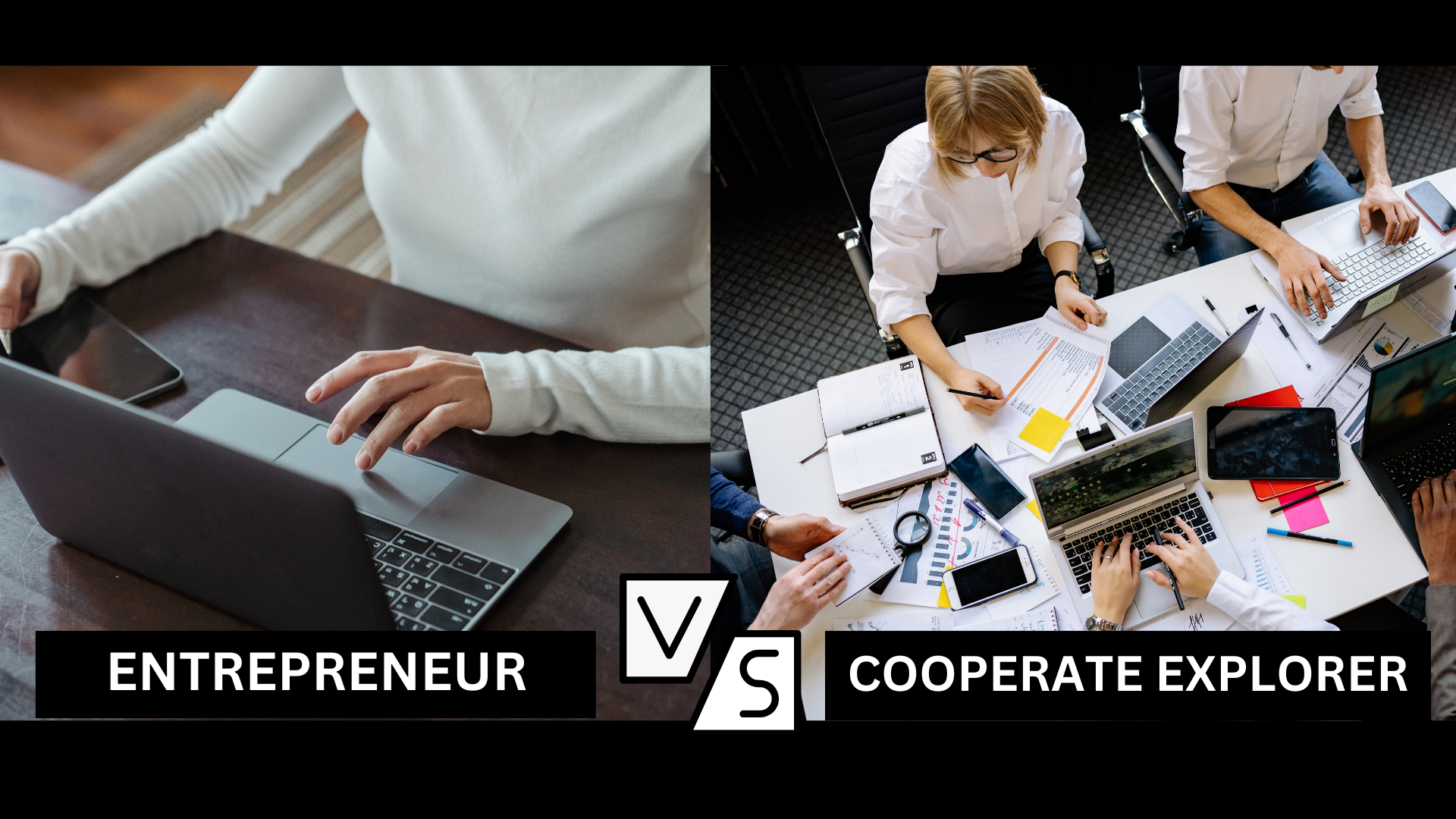So you want to be a social entrepreneur? Consider this before that big leap

You have been bitten by the social entrepreneurship bug and are itching to save the world and are ready to give up a well-paying corporate job without batting an eyelid. This maybe a good starting point. But before you embark on that journey, be prepared for what’s ahead. For its very easy to end up doing the wrong thing with the spirit of wanting to do something good. Here’s a checklist that you might want to consider before you take that big leap.
Doing it for the right reasons:
About giving back to society and saving the world. Here’s a piece of advice. Don’t. The world doesn’t need another misinformed savior who thinks its his or her job to save the world. Altruism is good if you making a donation, running a marathon for a cause or volunteering for cause. Being a social entrepreneur requires different motivations and desires, and ideally it should be because you have identified a serious problem that needs solving, and have chanced upon the solution.
Most social entrepreneurs jump headlong into social entrepreneurship because they have an itch to scratch that has been bothering them for a long time. Their decision is not a swift one based an emotion, some new passion a quarter-life or mid-life crisis. They have usually have given it a lot of thought, understand the problem they want to solve and perhaps even have a viable solution in their mind.
Assess all risks:
Now that you have made up your mind, its time to assess the risks involved, at least the known ones, because nobody can be fully prepared for the long winding road of entrepreneurship. The risks are many: reduced finances, lack of support from family and friends, reputation at stake, start-up failure, inability to solve the problem effectively and so on.
Since social entrepreneurship won’t make you a millionaire overnight or a after a few grueling years, your finances are going to take a hit, be prepared for that. Have a contingency plan, and make sure that you have kept your loved ones in the loop, their support will play a key role between success and failure. You maybe convinced of the venture, but letting friends and family see the vision is also important, because they maybe the ones who are your first investors and biggest cheerleaders. Also, be ready for the social enterprise failing, if that happens, don’t consider this as a personal failure, its just a lesson learned. Assessing all risks will reduce nasty surprises en-route.
Make sure you have entrepreneurial chops:
Having the passion, insight and the ability to nail down the problem maybe enough. Most social entrepreneurs are usually first-time entrepreneurs and may not have completely assessed their ability to execute on their grand vision. You may have the heart for the venture, but with having the head and entrepreneurial chops, you might be going into a gunfight with a knife in your hand.
Remember that social entrepreneurship involves using commercial strategies to solve a social problem. That means having some kind of management acumen and the ability to plan and execute. If you don’t have the skills, fret not, many social business incubators in India and overseas will help you learn them. Just be aware of what you can and cannot do. That could make all the difference.
Be prepared to collaborate and build a team:
Here’s a theory. One of the biggest reasons many great non-profits did not fulfill their potential is because they were unable to do succession- planning, build second level management and inability to build a complete team. A lot of social enterprises begin with the vision of a single founder. Now this is great for a start, but to keep the engine running will require a complete team. Ideally a second or third co-founder and highly competent top level team. This leaves the founder or founders with task of focusing on strategy and revisiting the vision, if required.
Collaboration is another very important aspect that determines the success and survival instincts of a social enterprise. Leaning on others who are more competent in certain areas ensures that social enterprises don’t attempt at doing everything themselves or be absorbed in activities that involve reinventing the wheel. Collaboration is not giving up power, but tapping the strength of other individuals and institutions, helping realize the goals of the organization faster and more efficiently.
Patience and the ability to stick around for the long-haul will make all the difference:
It is always darkest before dawn. In the world of social enterprise, the darkness before the dawn is a long period, the reason being that, unlike start-ups targeting traditional sectors the gestation period for social enterprises is longer. Most of them are strapped for resources, lack talent, are in need of funding and find it hard to balance social impact and commercial gain.
The key here is to understand that there is no overnight success with social entrepreneurs. You don’t build an app, grow an audience with a two-member team and then cut a deal with Google or Facebook for a billion dollars. Success with social enterprise takes long years, and even then it does not come with a billion dollar exit.
But for those who wait, saving the world, does not remain a pipe-dream, it is a step closer to sweet reality.
You are ready
Note: This is the second article in a social enterprise toolkit series that SocialStory is doing. It is designed to be useful for the first-time social entrepreneur, or for anybody interested in this space. Here’s the first article.











